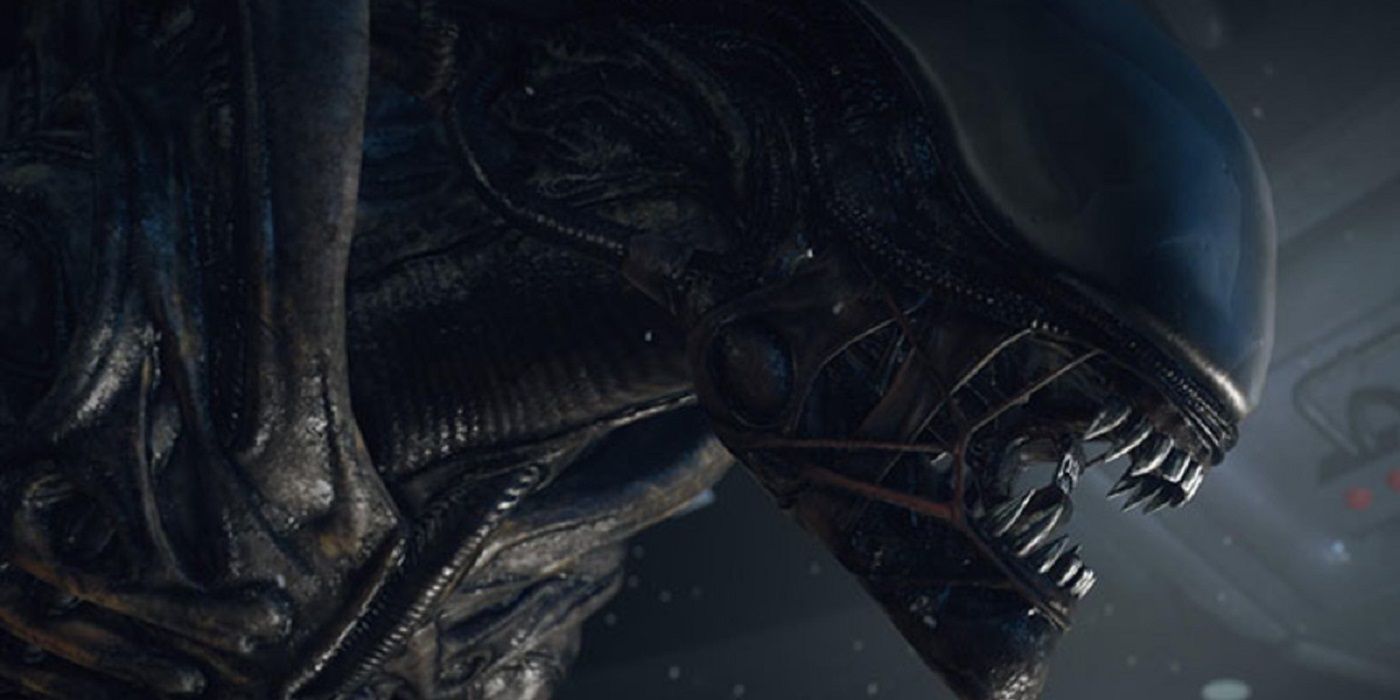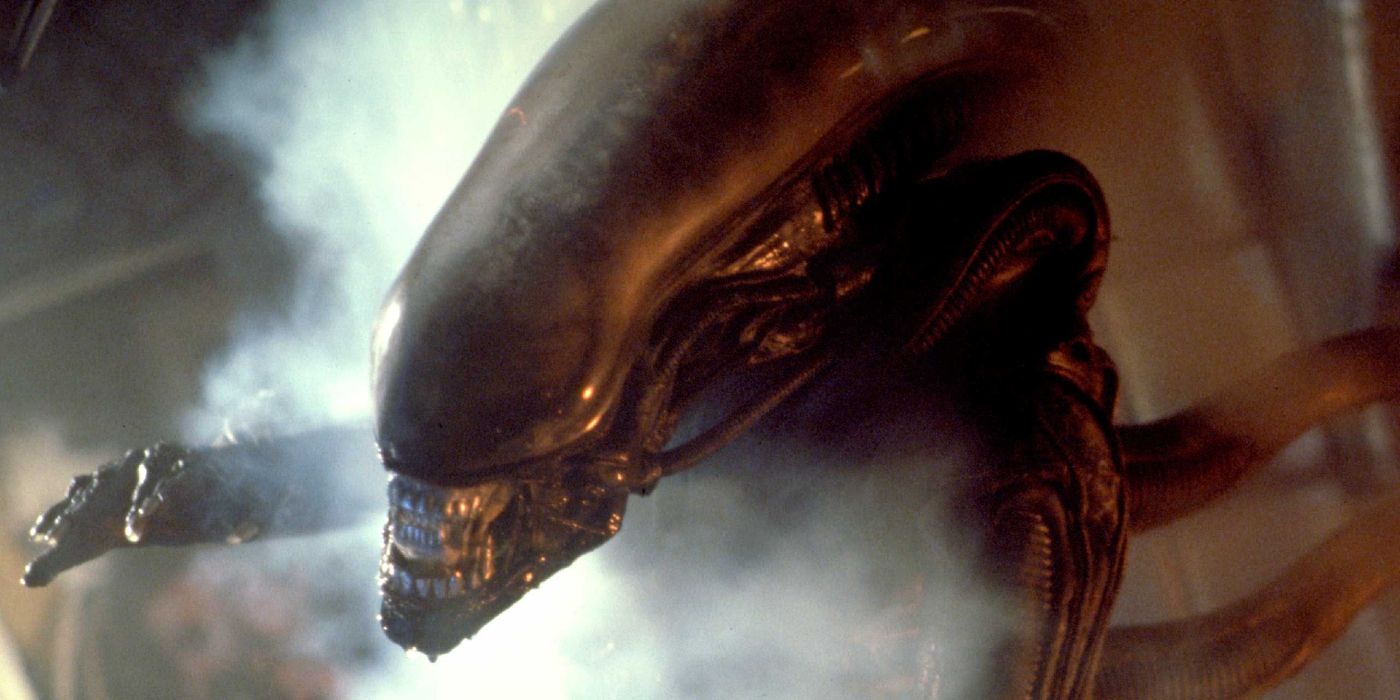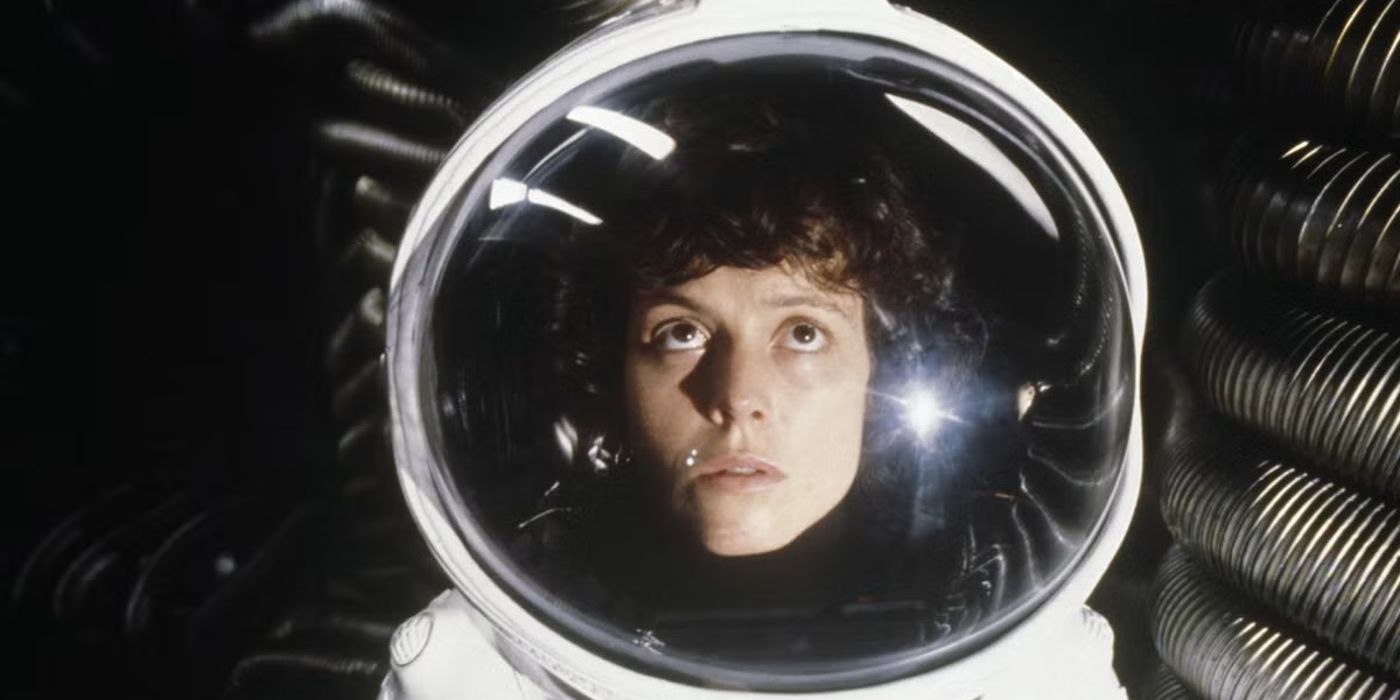1979's Alien doesn't exactly have a happy ending, with most of the Nostromo crew dying at the "hands" of the Xenomorph, and Ellen Ripley being the only one to escape the horror. And yet, director Ridley Scott originally wanted an even darker ending, one that was far more action-packed and sinister than the theatrical release.
With Ripley making her escape on a shuttle, she has one last stand against the Xenomorph hiding onboard. She lures the alien out of hiding with hot steam and has it approach as close as possible. With a quick slam on the airlock, the ship's door opens, and the Xenomorph flies into space. And as one final attempt to shake it off, the engines switch on and blast the creature off into the void -- leaving Ripley with a well-earned victory and a final message reporting the events before "signing off."
The Xenomorph Originally Won the Fight
In an interview with Entertainment Weekly, Ridley Scott discussed his early plans for the film, saying, "I thought that the alien should come in, and Ripley harpoons it and it makes no difference, so it slams through her mask and rips her head off" -- which would be quite a drastic change in tone from the final release. While the rest of the crew does die, there's at least a spark of hope left when Ripley survives. But to have her die and the alien survive would be an incredibly depressing ending.
Ridley Scott takes the creepiness a step further, saying that the Xenomorph would press buttons on a dashboard and would mimic one of the crew members, saying "I'm signing off." But in the end, this idea didn't go down well with those financing the film. Ridley said, "The first executive from Fox arrived on set within 14 hours, threatening to fire me on the spot."
Alien Was Meant to End With More Action
Knowing that Ripley couldn't die, the director still wanted a grand action-packed finale with more effects. The original storyboards show Ripley also getting sucked out into space along with the alien, as both of them hang onto a safety cable. She pulls out a gun and shoots the alien in the head with little effect, before scrambling back to the shuttle. Just before the Xenomorph reaches the entrance, Ripley closes the hatch and blasts it into space, with the ship's engines burning it to a crisp.
This scene was once again changed due to financial reasons, although, the original ending does somewhat resemble the finale of the sequel. At the end of Aliens, Ripley and the queen Xenomorph are left hanging on together as the airlock tries to suck them out. And it's arguable that this action-packed scene better fits Aliens, as the original movie works well by having the crew be regular people, not stereotypical action heroes.
In the end, most will agree that the theatrical ending works perfectly. The idea of a studio getting involved with a director's creative vision is usually frowned upon, but sometimes a studio knows what people want to see. While having Ripley die with the rest of the crew would've been a bold ending, it's a little too depressing considering all the effort she puts into surviving.



